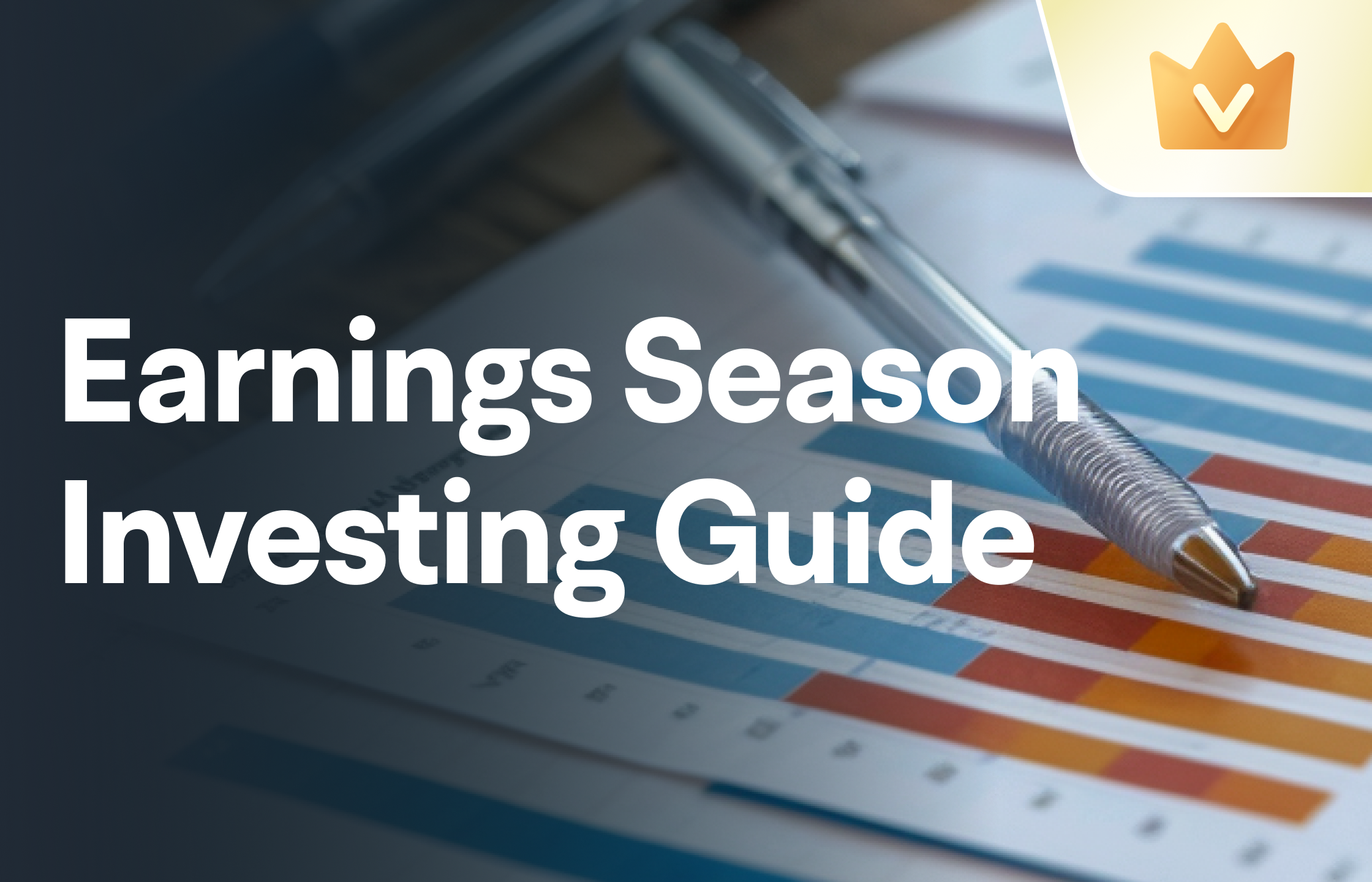Regular readers will know that we love our dividends at Simply Wall St, which is why it's exciting to see QAF Limited (SGX:Q01) is about to trade ex-dividend in the next four days. Typically, the ex-dividend date is one business day before the record date which is the date on which a company determines the shareholders eligible to receive a dividend. The ex-dividend date is an important date to be aware of as any purchase of the stock made on or after this date might mean a late settlement that doesn't show on the record date. Accordingly, QAF investors that purchase the stock on or after the 2nd of May will not receive the dividend, which will be paid on the 23rd of May.
The company's next dividend payment will be S$0.04 per share, and in the last 12 months, the company paid a total of S$0.05 per share. Based on the last year's worth of payments, QAF stock has a trailing yield of around 5.9% on the current share price of S$0.85. If you buy this business for its dividend, you should have an idea of whether QAF's dividend is reliable and sustainable. So we need to investigate whether QAF can afford its dividend, and if the dividend could grow.
Dividends are usually paid out of company profits, so if a company pays out more than it earned then its dividend is usually at greater risk of being cut. Last year QAF paid out 105% of its profits as dividends to shareholders, suggesting the dividend is not well covered by earnings. A useful secondary check can be to evaluate whether QAF generated enough free cash flow to afford its dividend. QAF paid out more free cash flow than it generated - 161%, to be precise - last year, which we think is concerningly high. We're curious about why the company paid out more cash than it generated last year, since this can be one of the early signs that a dividend may be unsustainable.
 QAF does have a large net cash position on the balance sheet, which could fund large dividends for a time, if the company so chose. Still, smart investors know that it is better to assess dividends relative to the cash and profit generated by the business. Paying dividends out of cash on the balance sheet is not long-term sustainable.
QAF does have a large net cash position on the balance sheet, which could fund large dividends for a time, if the company so chose. Still, smart investors know that it is better to assess dividends relative to the cash and profit generated by the business. Paying dividends out of cash on the balance sheet is not long-term sustainable.
Cash is slightly more important than profit from a dividend perspective, but given QAF's payments were not well covered by either earnings or cash flow, we are concerned about the sustainability of this dividend.
Click here to see how much of its profit QAF paid out over the last 12 months.

Have Earnings And Dividends Been Growing?
Companies with consistently growing earnings per share generally make the best dividend stocks, as they usually find it easier to grow dividends per share. Investors love dividends, so if earnings fall and the dividend is reduced, expect a stock to be sold off heavily at the same time. That's why it's comforting to see QAF's earnings have been skyrocketing, up 27% per annum for the past five years. Earnings per share are increasing at a rapid rate, but the company is paying out more than we are comfortable with, based on current earnings. Generally, when a company is growing this quickly and paying out all of its earnings as dividends, it can suggest either that the company is borrowing heavily to fund its growth, or that earnings growth is likely to slow due to lack of reinvestment.
Another key way to measure a company's dividend prospects is by measuring its historical rate of dividend growth. It looks like the QAF dividends are largely the same as they were 10 years ago.
Final Takeaway
Has QAF got what it takes to maintain its dividend payments? Earnings per share have been growing, despite the company paying out a concerningly high percentage of its earnings and cashflow. We struggle to see how a company paying out so much of its earnings and cash flow will be able to sustain its dividend in a downturn, or reinvest enough into its business to continue growing earnings without borrowing heavily. It's not the most attractive proposition from a dividend perspective, and we'd probably give this one a miss for now.
With that being said, if you're still considering QAF as an investment, you'll find it beneficial to know what risks this stock is facing. Be aware that QAF is showing 2 warning signs in our investment analysis, and 1 of those is concerning...
Generally, we wouldn't recommend just buying the first dividend stock you see. Here's a curated list of interesting stocks that are strong dividend payers.
Have feedback on this article? Concerned about the content? Get in touch with us directly. Alternatively, email editorial-team (at) simplywallst.com.
This article by Simply Wall St is general in nature. We provide commentary based on historical data and analyst forecasts only using an unbiased methodology and our articles are not intended to be financial advice. It does not constitute a recommendation to buy or sell any stock, and does not take account of your objectives, or your financial situation. We aim to bring you long-term focused analysis driven by fundamental data. Note that our analysis may not factor in the latest price-sensitive company announcements or qualitative material. Simply Wall St has no position in any stocks mentioned.

